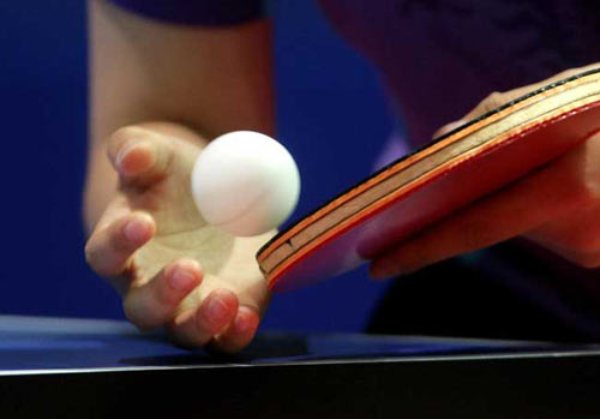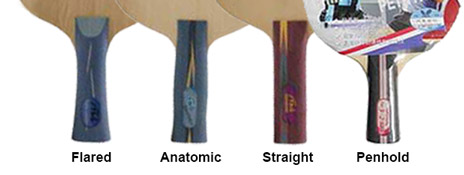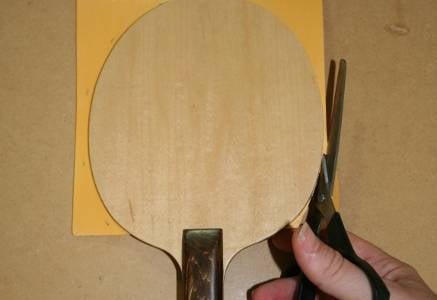How to select a Table Tennis Racket?
Click here to get tickets to the T2 Diamond Table Tennis League 2019, happening in Singapore from 21 to 24 November, for the first time!

By Averlynn Lim
The Chinese may be the most dominant table tennis players in the world today, but did you know that the sport first originated in England during the 1880s?
Back then, British military officers would use books as paddles, while golf balls were hit back and forth on any form of table they could find.
Soon, table tennis was played with paddles made out of cigar box lids connected to wooden blades; finally evolving until E.C. Goode, in 1901, invented the modern version of the racket – by fixing a sheet of pimpled, or stippled, rubber to the blade.
Photo Credit: Sportsjam.in
Flared
Good for Forehand players. It offers a firm grip on the blade without compromising on the flexibility.
Anatomic
Similar to the flared grip, except with a bump in the centre that fits the shape of your hand.
Straight
Good for Backhand and Defensive players. Allows for active use of the wrist to flip the bat.
Penhold
Good for powerful attacking play. The bat is gripped between the thumb and index finger, similar to holding a pen.
Step Three: Choosing The Rubber
Rubber thickness affects spin, speed and control of the ball. There are basically two types of thickness:
1. Thin sponge (less than 2.0mm): for better control, but less speed.
2. Thick sponge (2.1mm and above): for more spin, but less control.
Don’t forget that you will need two sheets of Rubbers for both sides of your bat and they will need to be trimmed individually to the size of your chosen blade.

Photo Credit: tabletennis.about.com
Table tennis rubbers tend to deteriorate with age, so you'll need to replace them at regular intervals.
Step Four: Care For Your Racket
The first thing to do is to buy a good quality racket case (sometimes referred to as a racket cover) to store it in. This will keep it safe from damage such as liquid spills, dirt and sunlight.
A cleaning and maintenance regime is also recommended to keep your racket in good condition. Just a good wipe with plain water from time-to-time will do the trick, as regulations now prohibit chemicals or other forms of treatments for in-competition rackets.
Step Five: Know Where To Buy
Ready-made table tennis rackets can be bought at all good sporting good stores. For customised bats, try hunting at Queensway shopping centre or online for a variety of brands and types.

To receive the latest updates on the happenings in the Singapore sports scene, or to find out more about some of the latest programmes on offer at ActiveSG, like our Facebook page here.





![ActiveSG Academies and Clubs Logo (Solid Colour)[8647]](https://www.activesgcircle.gov.sg/hs-fs/hubfs/ActiveSG%20Circle%202023Theme/images/ActiveSG%20Academies%20and%20Clubs%20Logo%20(Solid%20Colour)%5B8647%5D.png?width=150&height=65&name=ActiveSG%20Academies%20and%20Clubs%20Logo%20(Solid%20Colour)%5B8647%5D.png)



-01.png?width=200&height=141&name=Team%20Singapore%20Logo%20(Red)-01.png)



